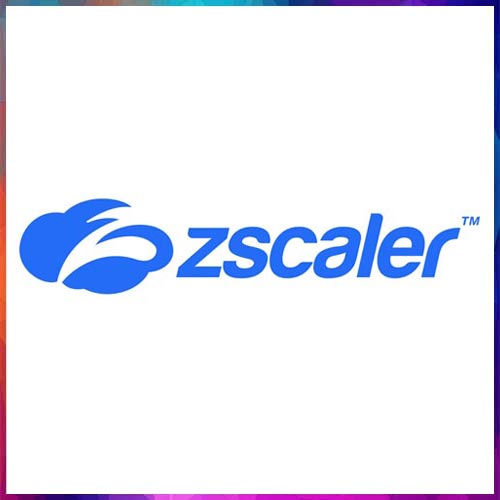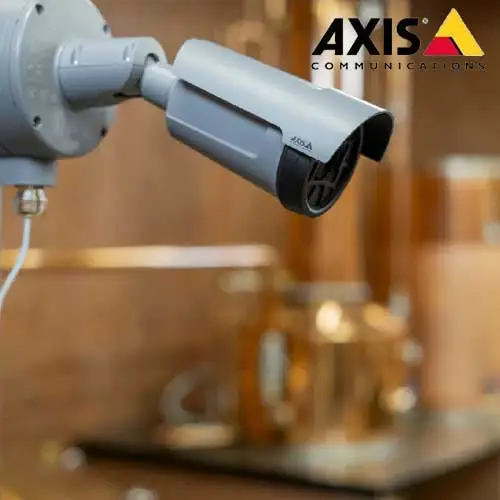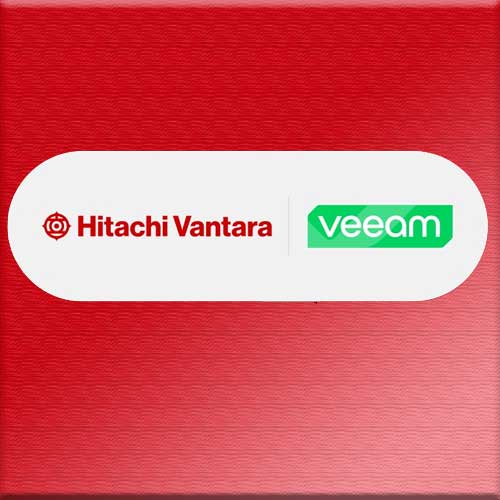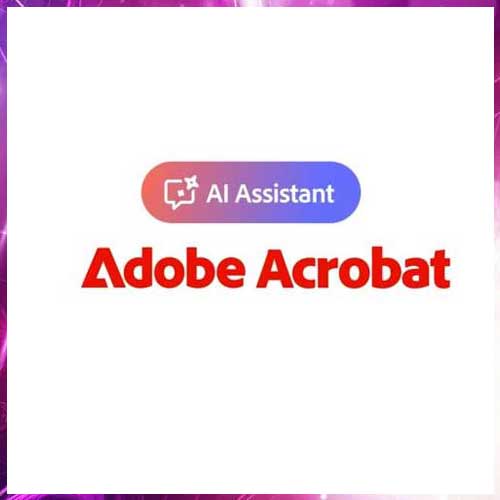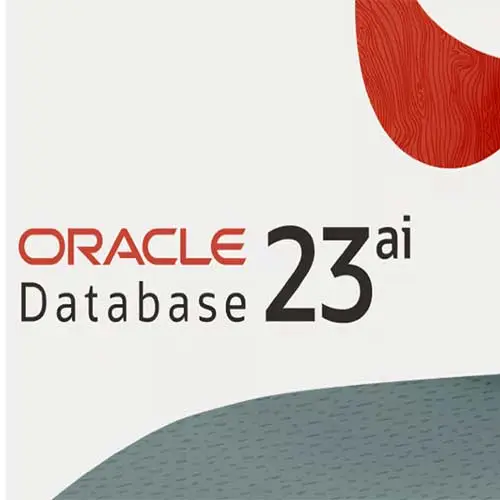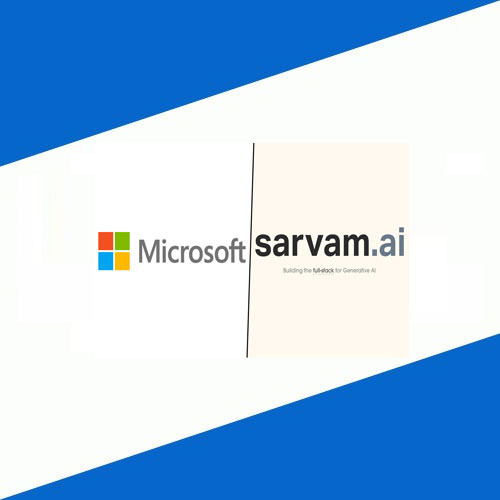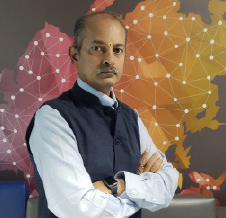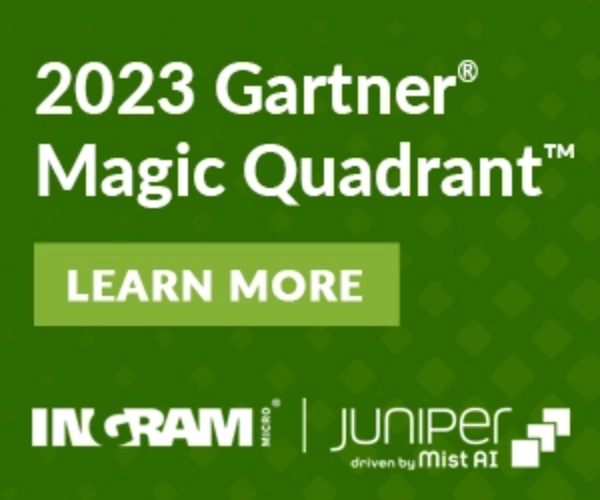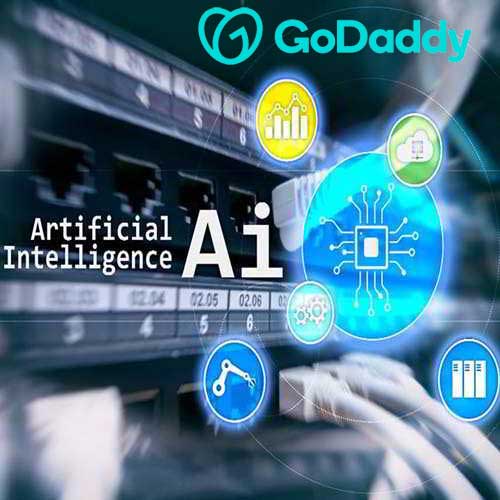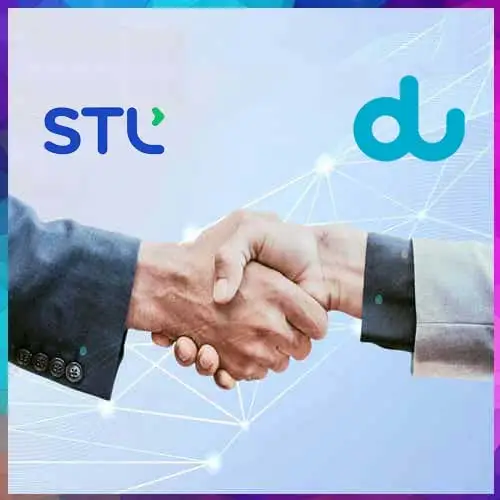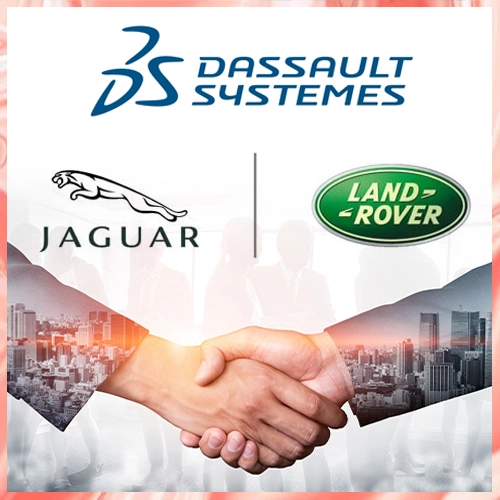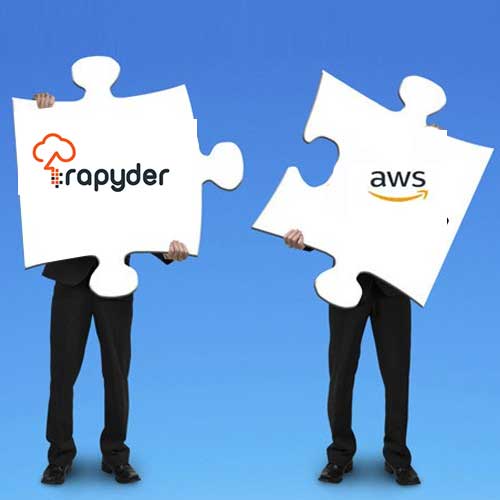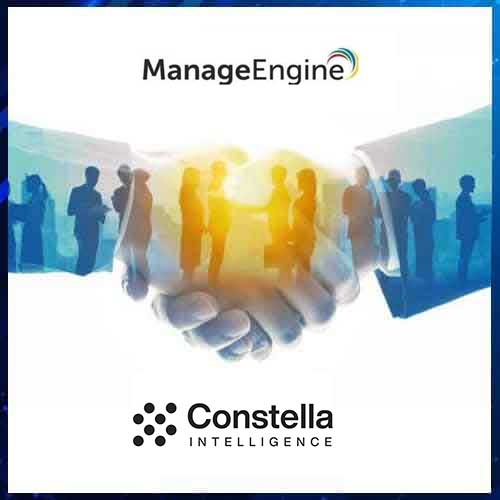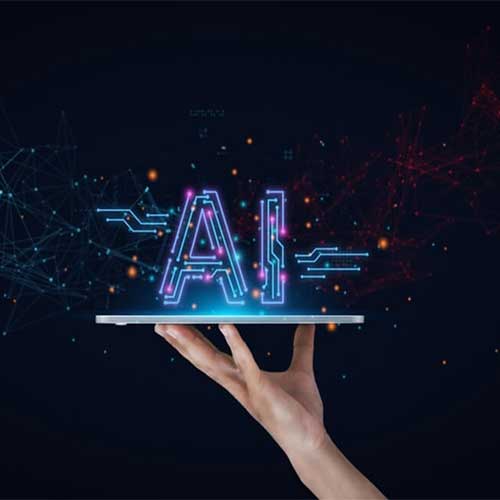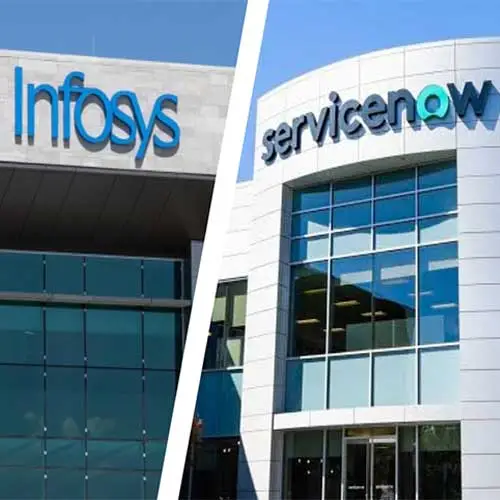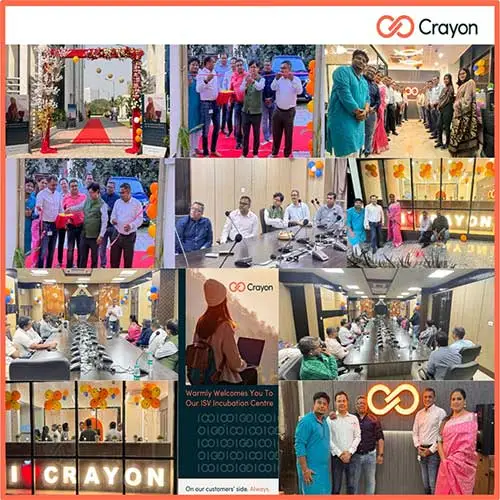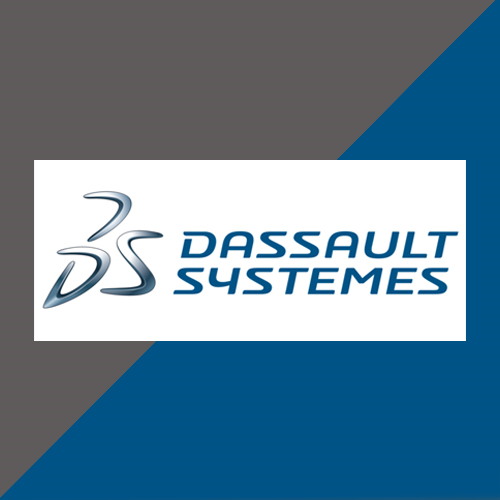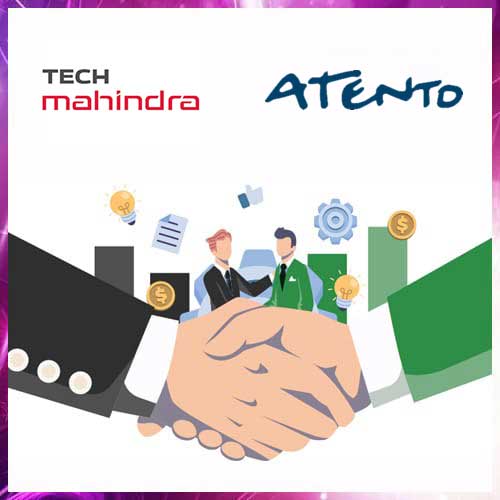Enterprise Applications for 2020 – The SIX Challenges for CIOs

Mukesh Mehta, CTO, Batlivala & Karani Securities Ltd.
1. Sunsetting the application – One of the biggest challenges the CIOs are facing is how to manage obsolete business applications. Many of these application takes big chunk of the IT budget for maintenance so CIOs need to maintain some practice for continuous review, which must be resulting into the SunSet of such applications which can deliver significant cost savings. Legacy applications are often maintained solely to provide infrequent or sporadic access to data within the application database for regulatory or business purposes.
The act of application retirement usually involves migrating data from the legacy application database to another data repository or archive store that can be accessed independently using industry standard reporting or business intelligence tools. The Sunset of the application also allows CIOs to reduce the software, hardware and resources required to manage legacy data.
2. The Legacy application – This is a typical dicey scenario for CIOs where they (including Business) have no choice to continue with the legacy applications. The possible reason for the continuation might be that the legacy might have few industry specific advantages which is pushing the CIOs (and Business) to keep it around. Another reason typically might be like Budget constraints (T&M) or resources related challenges the organization.
CIO must explore possibilities to enhance (or "re-face") these legacy applications by adding new interfaces to a legacy system. The biggest challenge for CIOs to manage the backward compatibility of various components are OS, DB, Infrastructure dependencies
3. Containerize the application – Once CIO & Business understand that there’s hardly any option left other than retaining the application then CIO must explore possibilities of Containerizing. There are various reasons where this can be very useful, the biggest advantage is that to manage upgrades and revamps more easily, API or integrations with 3rd party solutions (vendors). This actually indirectly helps in adding few new features. This also helps into managing the infrastructure, technology & various processes associated with the application.
4. Modernization (or Lift and shift) the application – This is a becoming another better options for CIOs. Along with the business heads the CIOs are framing the strategy to remove workloads (along with the related tasks) from one location (usually on-prem DC) and placing them in another location (usually cloud-based). One of the biggest advantage of this strategy is that it allows organizations to move their applications quickly and easily without having to re-architect them. It is the key to unlocking the value within your core business systems, reducing your total cost of ownership and delivering new functionality faster.
5. Building the new application – CIOs are realizing that to provide the competitive differentiation to the business they need to modernizing applications and infrastructure. Also, there’s ongoing compliance challenges (like GDPR and other data privacy measures etc), they have no choice & just have to be compliant. This also pushes CIOs & enterprise application to rewrite the core applications & deliver it to deliver modern applications as fast as they’re needed. The typical ZERO Code also pushes them to explore & adventure in this but sill to rewrite the critical business application the team (particularly BA’s) needs to have a detailed understanding of the logics & the attached processes.
6. Subscription based applications - With models like SaaS & PaaS at their disposal, 'Subscribing' or 'Resubscribing' to Enterprise Applications has come in very handy for contemporary CIO's. It would be foolhardy to purchase outright or go for a periodic subscription -any application/service - which is used only for a specific duration within the enterprise environment. One of the very specific examples of such applications can be appraisal processes in HRMS which is used once a year only.
See What’s Next in Tech With the Fast Forward Newsletter
Tweets From @varindiamag
Nothing to see here - yet
When they Tweet, their Tweets will show up here.





